Five on Friday: 5 iconic Singaporean landmarks and what they once were
In CNA's regular look at what hit the headlines during the week, Five on Friday looks at several landmarks in Singapore that have undergone big changes over the years.
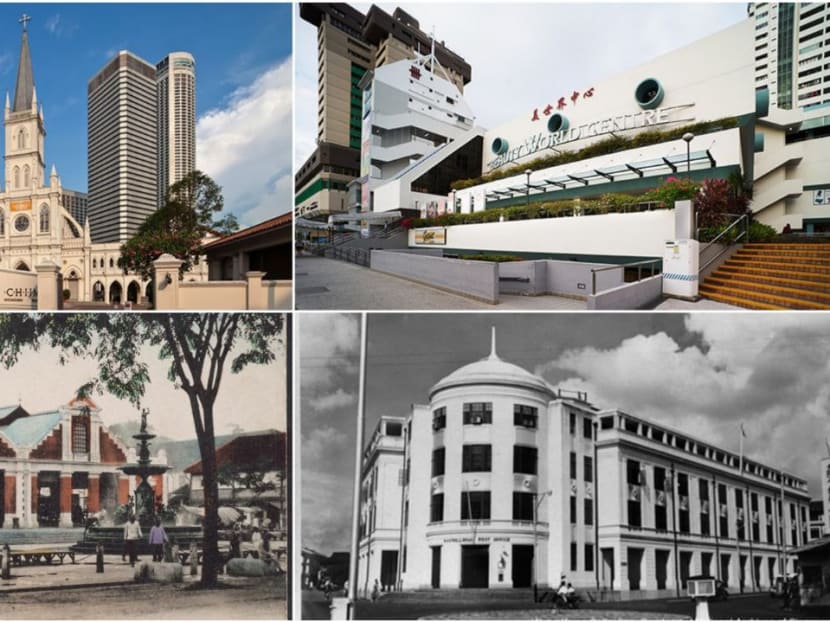
(Clockwise, from top left) The Convent of the Holy Infant Jesus, Beauty World Centre, the Custom House and Orchard Road Market.
SINGAPORE: The next time you ask for directions to Change Alley Mall, you may have to say, "Do you know how to get to CIMB Plaza?"
The Malaysian bank officially opened its new offices above the mall on Wednesday (Jun 1), and it now has a new name - CIMB Plaza.
An iconic landmark in Singapore's central business district, Change Alley was thought to be named in 1890 after a trading hub called Exchange Alley in London, and was known to be a thriving market where the likes of moneychangers as well as gambier and pepper traders gather to do business.
While Singapore is no stranger to redevelopment and sale of its landmarks, can these buildings or compounds be said to have retained their identity à la the Ship of Theseus?
Or are they just a faint memory from yesteryears?
Here's a look at five landmarks in Singapore and what they used to be.
CHIJMES

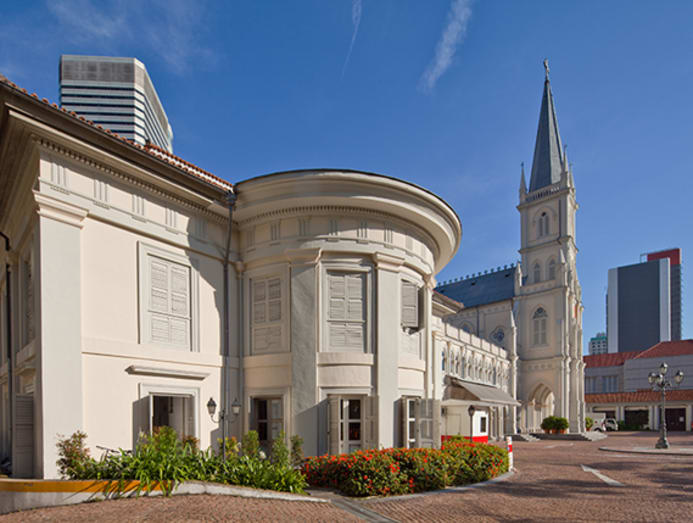
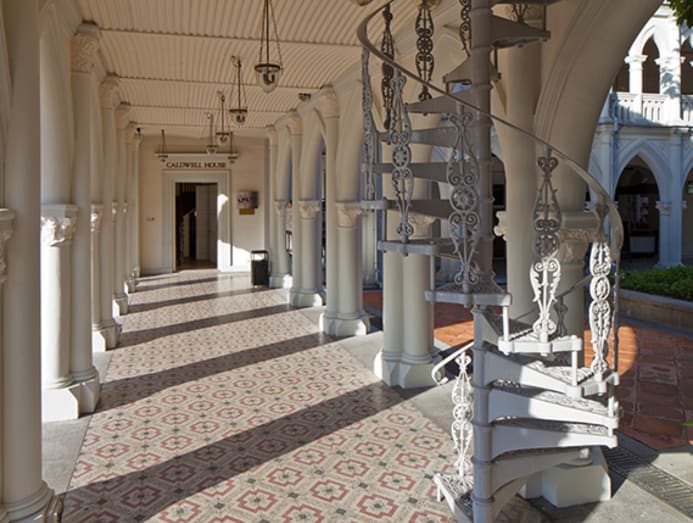
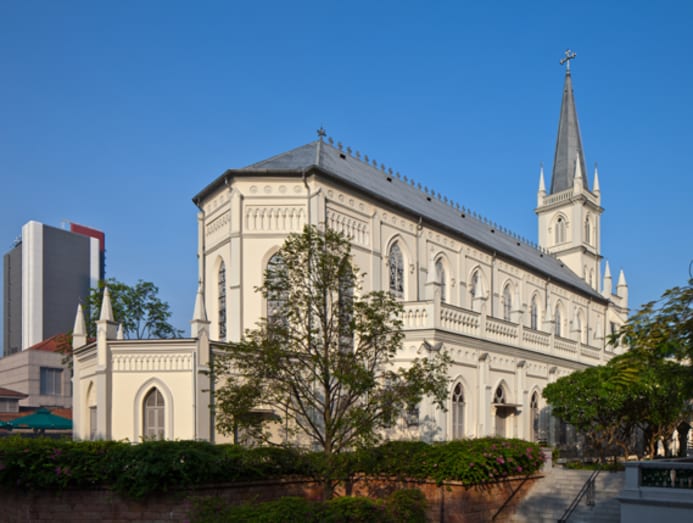
CHIJMES - formerly the Convent of the Holy Infant Jesus Middle Education School - was previously the location of the oldest Catholic girls’ school in Singapore.
Founded by French priest Reverend Father Jean-Marie Beurel from the Society of Foreign Missions of Paris, the school was also referred to as the Town Convent.
The compound contained Caldwell House, a Neo-Classical bungalow that housed the sisters who started the school alongside Reverend Mother Mathilde Raclot.
A two-storey orphanage was subsequently built in 1856, and a chapel in 1903.
In 1983, the convent school moved to its new premises in Toa Payoh and was renamed the Convent of the Holy Infant Jesus (Toa Payoh). On Nov 3 the same year, the chapel held its last Holy Mass before it was deconsecrated.
The former convent compound was restored and renamed CHIJMES (pronounced chimes).
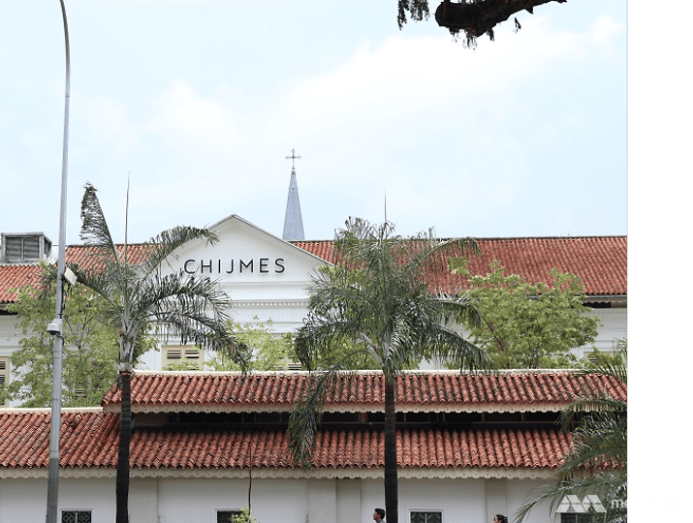
Today, it houses retail outlets, restaurants, and bars. The former Chapel and Caldwell House are gazetted collectively as a National Monument.
BEAUTY WORLD
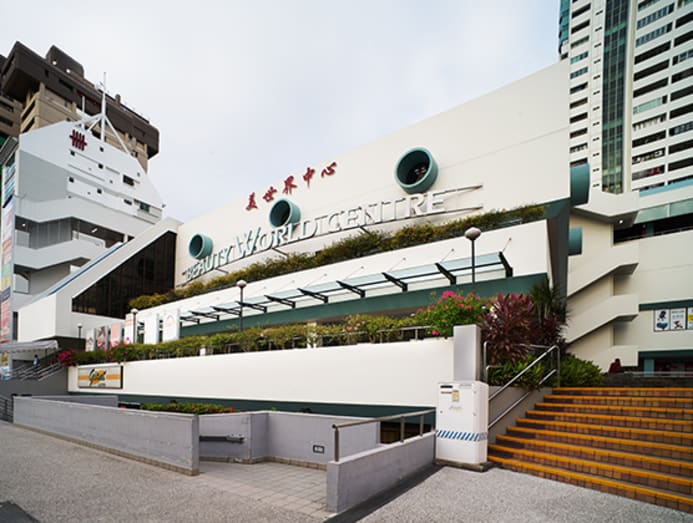
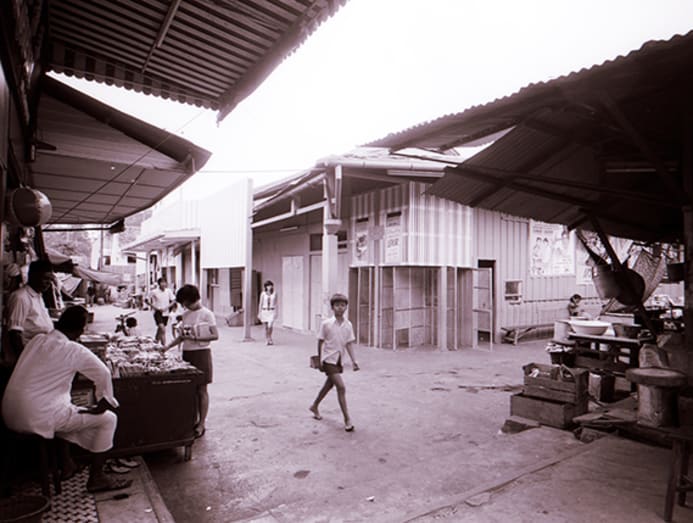
You've probably heard your parents or grandparents mention Tai Tong Ah Sai Kai, or Greater East Asia World in Cantonese.
Excuse me?
That's the name of the amusement park that is opposite the current Beauty World Centre during the Japanese Occupation.
Its name referenced Imperial Japan’s concept of the Greater East Asia Co-Prosperity Sphere.
The main attraction at Tai Tong Ah was gambling and at the time, this was used by the Japanese authorities as a way of dealing with inflation and hedging against potential resistance.
The premises also contained coffee shops with “coffee girls” who socialised with paying customers, stalls selling consumer goods, a photo studio, a Chinese medicine shop, wayang stages, and a cinema.
With the return of British rule following the end of World War II, Tai Tong Ah was renamed Beauty World in 1947. The market it contained grew to more than 160 stalls by 1976, and also had barber shops, a wet market and a Chinese temple.
But five fires changed the face of Beauty World before it was finally acquired by the Government in 1975, and closed down in December 1983.
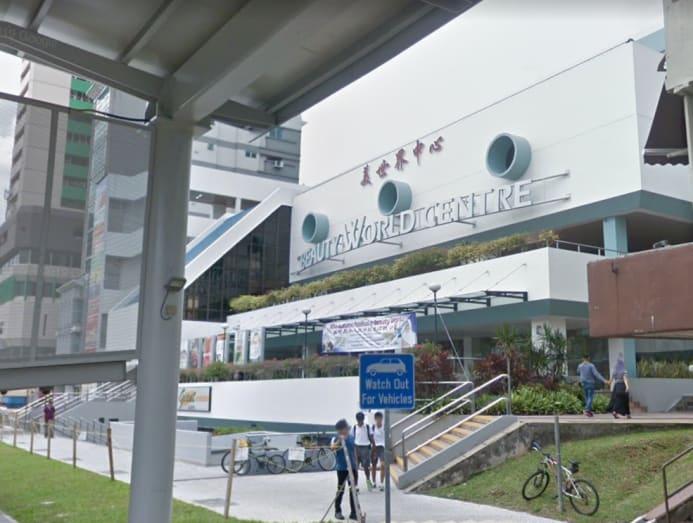
The Beauty World Centre shopping mall, located across the road, was completed the following year to house shop owners and hawkers from the old market.
Today, it houses eateries and various amenities for residents in the area.
ORCHARD ROAD
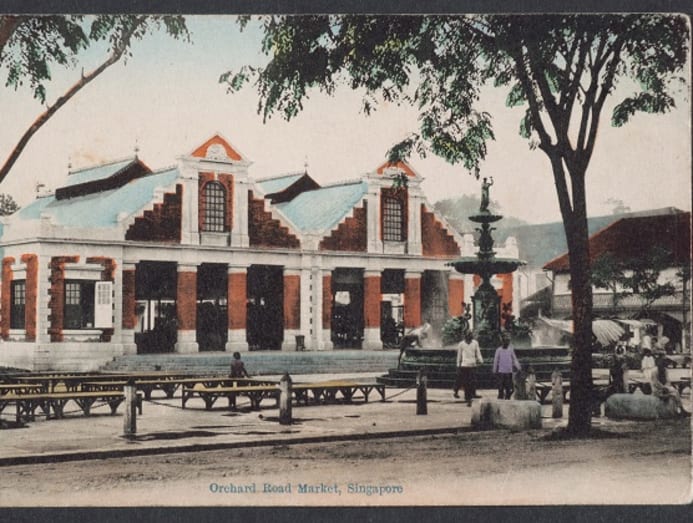
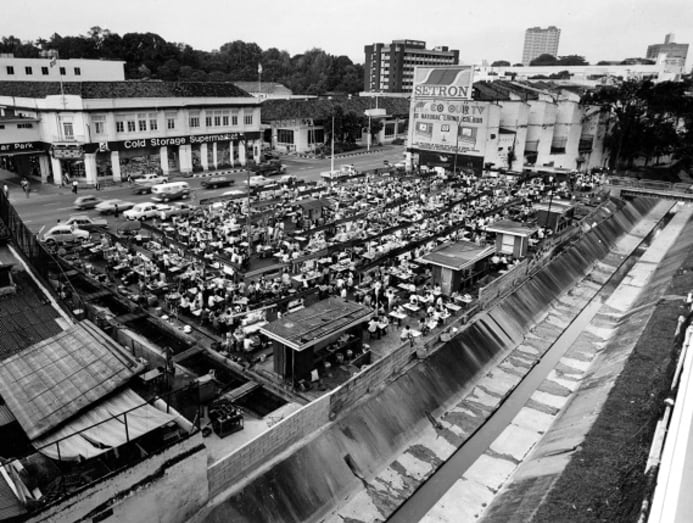
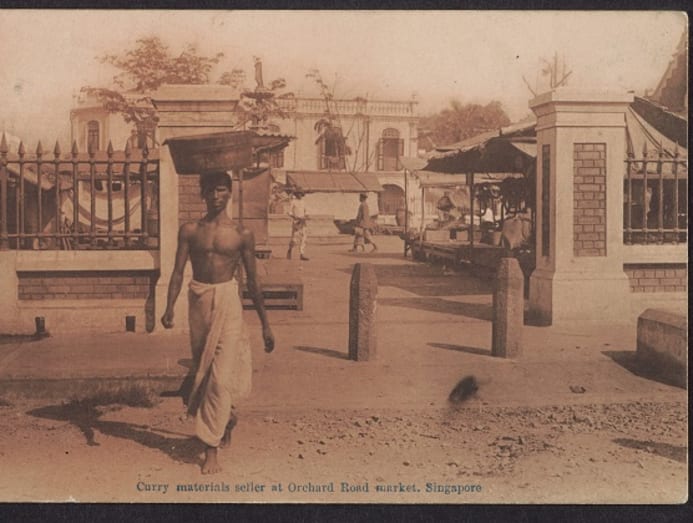
Want to guess what used to be around Orchard Central and Orchard Point?
Orchard Road's first market.
The market was first established between Koek Road and Cuppage Road in 1880.
A decade later, it was acquired by the Government and rebuilt as the Orchard Road Municipal Market, which sold fresh produce.
And if you walked down the street during that time, you will be greeted with tantilising smells of char kway teow, sup kambing and satay beehoon.
In 1966, the hawkers were relocated to an open space facing the present Centrepoint, known as Glutton’s Square. (Not the Glutton's Square we know now)
A carpark by day, the area transformed in the evening into a bustling open-air hawker centre.
Between 1977 and 1978, the hawkers at Glutton’s Square were relocated to sheltered food centres at Newton Circus and Cuppage Centre due to hygiene concerns.
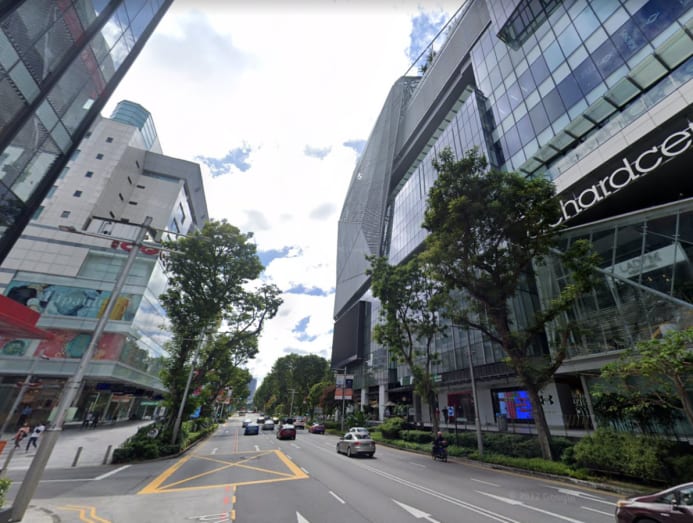
Around the same time, the Orchard Road Municipal Market became Orchard Point shopping centre. The space which contained Glutton's Square is now Orchard Central.
THE MAJESTIC
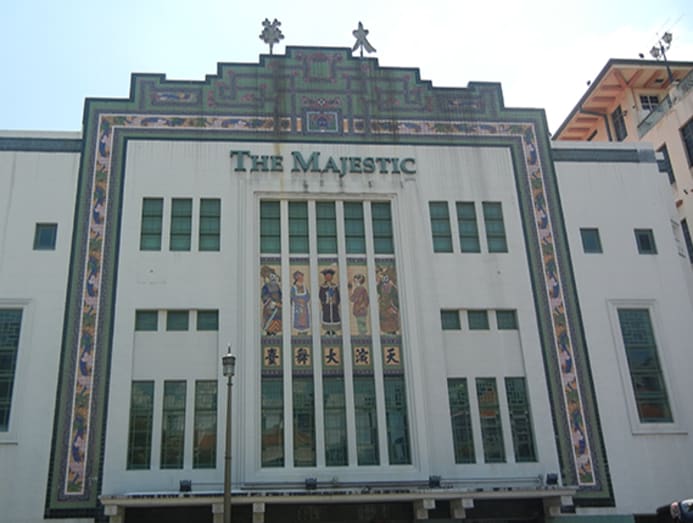
The story of The Majestic is a story of love.
In 1927, businessman Eu Tong Sen built the Tien Yien Moh Toi Theatre, the original the Majestic Theatre, for his wife after she was denied entry into a theatre.
Wives, take notes. Or maybe not.
The seats in the theatre was once filled with fans of Cantonese operas.
The building's architecture is also a symbol of its connection to the Cantonese community in Singapore. Its mosaics depicted dragons from Chinese folklore, and its facade has scenes from Cantonese opera. The theatre also juxtaposed its Eastern design with Western architectural sensibilities.
During the Japanese Occupation, the building was renamed Tai Hwa Opera House and screened Japanese propaganda films.
It was also rented by Shaw Brothers from 1938 to 1945, and showed Cantonese films.
Following World War II, the theatre was rented by another tenant called the Majestic Film Company, and renamed the Majestic Theatre.
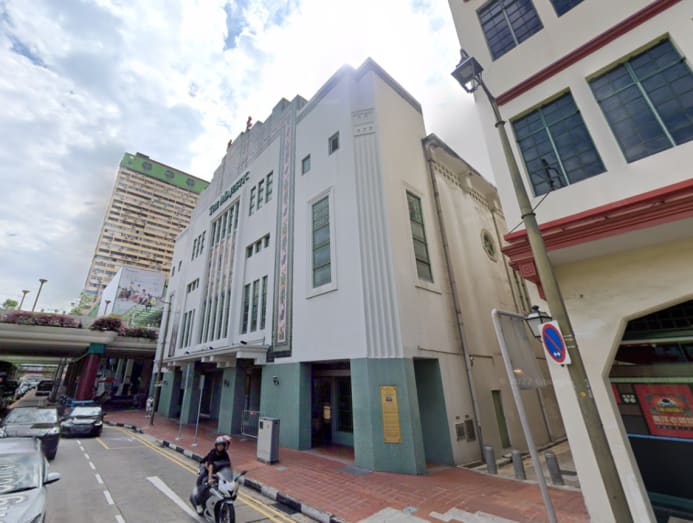
Cathay Organisation took ownership in 1983 and it became a shopping mall in 2003, carrying its current name - The Majestic.
MAXWELL CHAMBERS
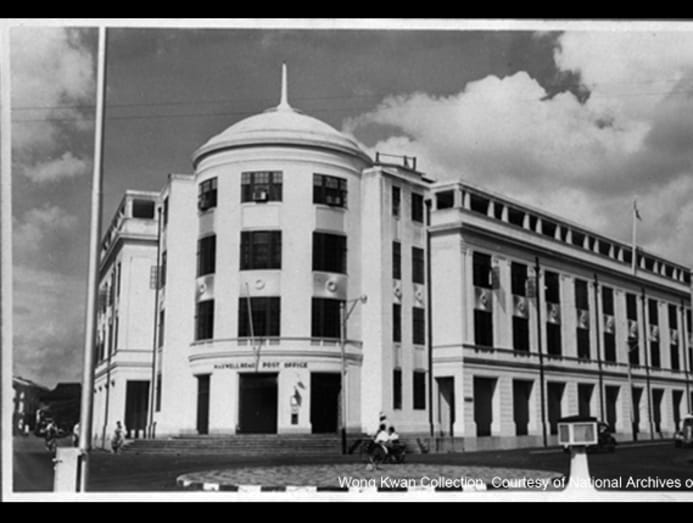
Today's Maxwell Chambers was once upon a time the Public Works Department Custom House, home to the Customs headquarters.
Constructed between 1930 and 1933, it was built to house administrative offices, including the Film Censor's Office and the Maxwell Road Post Office.
During World War II, the building sheltered expatriate customs officers as well as Australian soldiers who were rescued from sea.
The Custom House underwent several renovations between 1959 and 1973. For example, its entrance hall was reworked in 1959 to provide a fitting entry into the building and in 1967, its floor area was expanded to house the growing number of employees.
In 1989, the Customs headquarters was relocated to the then-World Trade Centre at Maritime Square, with the 57-year-old building it previously occupied re-designated for commercial use. It was renamed the White House.
In recognition of its architectural and historical contribution to the area, the Custom House was gazetted by the URA as a conservation building on Apr 2, 2007.
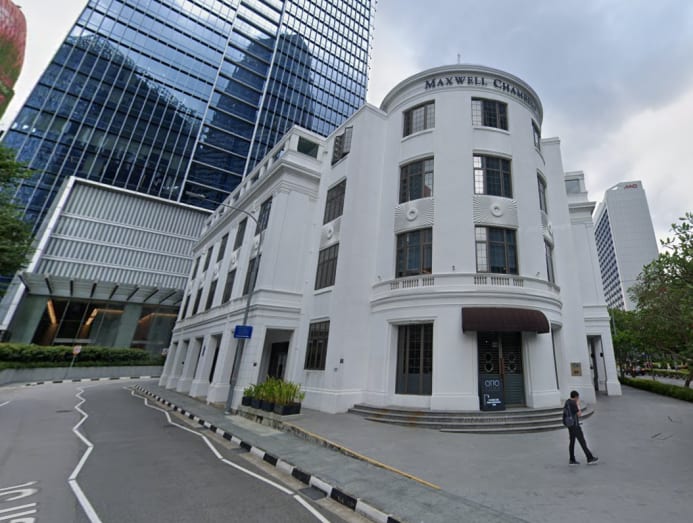
In 2010, it was then renamed again to Maxwell Chambers.
Today, it houses the world's first integrated dispute resolution centre for international arbitration cases.






